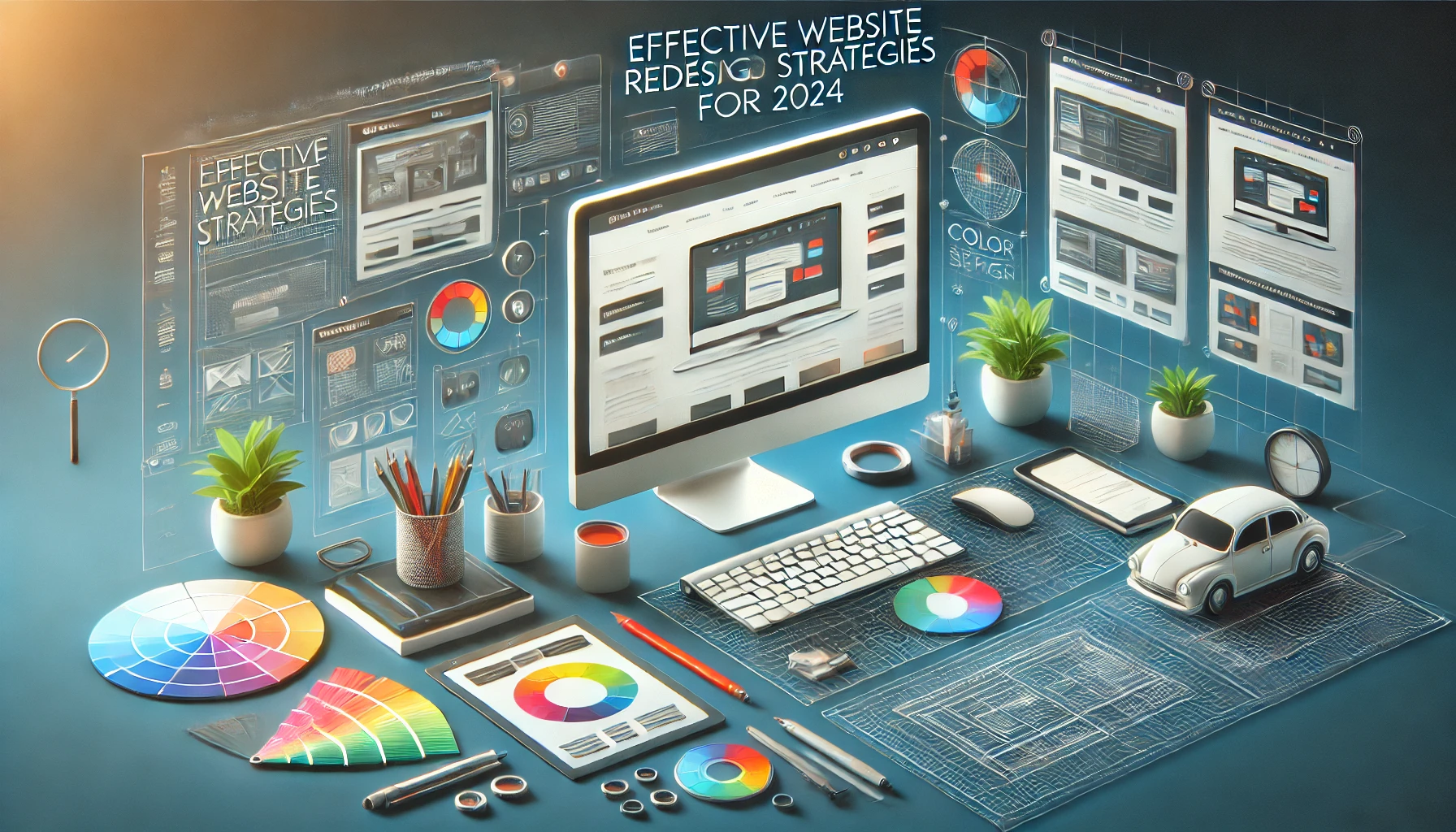Effective Website Redesign Strategies for 2024

Having an up-to-date and engaging website is crucial for any business. A well-designed website can attract new visitors, keep existing customers engaged, and ultimately drive more conversions. As technology and user preferences evolve, redesigning a website becomes essential to stay relevant and competitive. However, a successful website redesign requires careful planning and execution.
This guide shares the key principles needed for a successful website redesign in 2024. It will cover essential strategies to ensure your redesign meets your business goals and enhances the user experience. Additionally, we will discuss how using heat map tools for website can provide valuable insights during the redesign process.
Understanding Your Goals
Are you aiming to increase traffic, improve user engagement, or boost conversions? Clearly defining your objectives will guide every decision you make during the redesign. Establishing specific, measurable, achievable, relevant, and time-bound (SMART) goals can provide a clear roadmap for your project.
Conducting a Thorough Audit
A comprehensive audit of your current website is an essential first step. Analyze your website’s performance, identify areas that need improvement, and gather data on user behavior. This audit should include a review of your site’s analytics, user feedback, and competitive analysis. Understanding what works and what doesn’t will help you make informed decisions throughout the redesign process.
Prioritizing User Experience (UX)
User experience should be at the heart of your website redesign. An intuitive, user-friendly design can significantly impact how visitors interact with your site. Focus on creating a clean, organized layout with easy navigation. Ensure your site is mobile-friendly, as more users access websites via smartphones and tablets. Additionally, optimizing page load speed can enhance user satisfaction and reduce bounce rates.
Creating Compelling Content
Content is a critical component of any website. During your redesign, evaluate your existing content and identify opportunities to improve. High-quality, engaging content can drive traffic and keep users on your site longer. Consider incorporating various content types, such as blogs, videos, and infographics, to cater to different audience preferences. Consistent branding and messaging across all content can also strengthen your brand identity.
Leveraging Heatmap Tools
Heat map tools for a website can provide valuable insights into how users interact with your website. These tools visualize user behavior by showing where visitors click, scroll, and spend the most time. By analyzing heatmaps, you can identify popular areas of your site and areas that may need improvement. This data-first approach lets you make informed design decisions that enhance user engagement and satisfaction.
Implementing SEO Best Practices
A successful website redesign should also focus on search engine optimization (SEO). Implementing SEO best practices can improve your site’s visibility and drive organic traffic. Conduct keyword research to identify relevant terms your audience is searching for and incorporate these keywords into your content. Additionally, ensure your site’s structure and code are optimized for search engines, including proper use of meta tags, alt text, and internal linking.
Testing and Iteration
Once you’ve implemented your redesign, it’s important to test and iterate. Conduct usability testing to gather feedback from real users and identify any issues. A/B testing can also help you compare different design elements and determine which performs better. Use this feedback to make continuous improvements and ensure your site meets your goals and user expectations.
Redesigning a website is a significant undertaking, but with the right strategies, it can lead to substantial benefits. Understanding your goals, prioritizing user experience, leveraging heatmap tools, and implementing SEO best practices are all critical components of a successful redesign. By conducting thorough testing and continuously iterating, you can create a website that not only meets your business objectives but also provides an exceptional user experience. As you embark on your redesign journey in 2024, these strategies will help you stay ahead of the competition and achieve lasting success.